A form of commercial modesty on our part is also tradition for us. We know that visitors love approaching Orval as a spiritual place, much more than as a production site.
Orval beer enjoys the precious label ‘Authentic Trappist Product.’ This label is assigned to each member product of the International Trappist Association (ITA) for a period of 5 years, after which the ITA certification request must be resubmitted and approved by the ITA in order for a product to retain is certification.
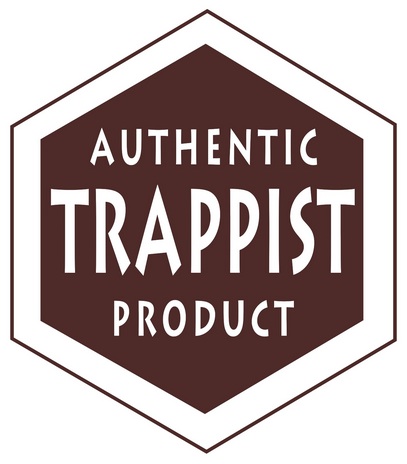
The award criteria for this label are:
1) Original manufacture within the grounds of a Trappist Abbey;
2) The direct responsibility of the monastic community to manage its brewery;
3) A significant share of the income must be used for social projects, charity, and the like.
There are currently 10 Trappist breweries with beers bearing this label.
The International Trappist Association is there to ensure that its members, our community, meet the criteria cited in the second requirement, that of the management of a Trappist brewery (or any other product certified as “Authentic Trappist.”) It is up to the ITA, and no other entity, to declare that a product no longer deserves the ‘Authentic Trappist Product’ certification.
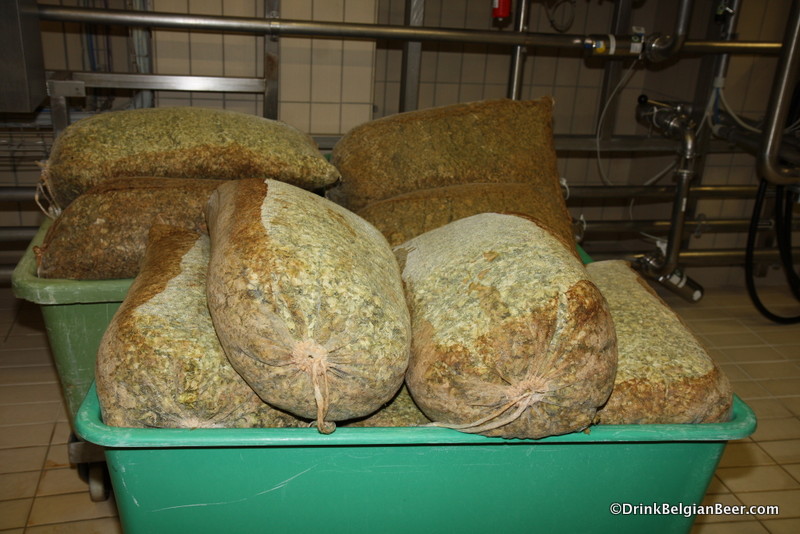
To go beyond the quantitative logic, we could compare the vitality of the monastic community to the vitality of yeast. We know that Orval owes its peculiar development and taste profile to two strains of yeast-an Orval yeast, and wild Brettanomyces yeasts. Fermentation and maturation continues in the tranquility and peace. These yeasts are present without us being able to see them, or measure them. Orval lovers trust what happens in the bottle.

It is the same for the monastic community. The real ferment that lives and grows in it, this is the gospel, which works from within, so hidden and invisible. As it also stops working and interrupts our world and our society. The community of Trappist monks at Orval today continues its path along nine centuries in the joy of the mystery of Christmas, when we celebrate this feast precisely intervention in our world from another logic, another fermentation, from elsewhere.
We hope we have been able to provide you with a secure, and, above all, a clear communication, so as not to unnecessarily alarm or create sensationalism with your loyal readers, listeners or viewers.
Brother Xavier
Managing Director, Brasserie d’Orval”
(end statement.)
Any mistakes or misunderstandings in translation should be considered as my own. Orval is likely to provide a translation into English at some point after Christmas, De Harenne told me.
Note that Orval will produce about 70,000 hectoliters (about 60,000 U.S. barrels) of beer in 2013. The brewery has announced that this is the optimal maximum output for Orval on a yearly basis. From the Orval website:
“With quantities of 40,000 hectoliters (approximately 1,056,680 gallons) brewed and bottled during the year 2000, increasing to 69,000 hectoliters (approximately 1,822,770 gallons) in 2012, would we now be approaching the limit of our capacities? We have to answer you with a resounding YES! However much you value our beer, so much the more do we regret having to tell you this, and consequently having to say that we cannot offer more.
The present production of around 70,000 hectoliters per year, if this occurs on as regular a schedule as possible throughout the course of a year, signifies the optimal, most harmonious conditions for use of our facilities.”
So, recent media reports stating there would be “less beer” brewed at Orval are false. However, as the demand for the beer grows in Belgium and around the world, it may become a bit harder to find. About 92% of production is sold in the “Benelux” countries of Belgium, Luxembourg, and The Netherlands.
I think I’m having an Orval tonight. A real Trappist beer.
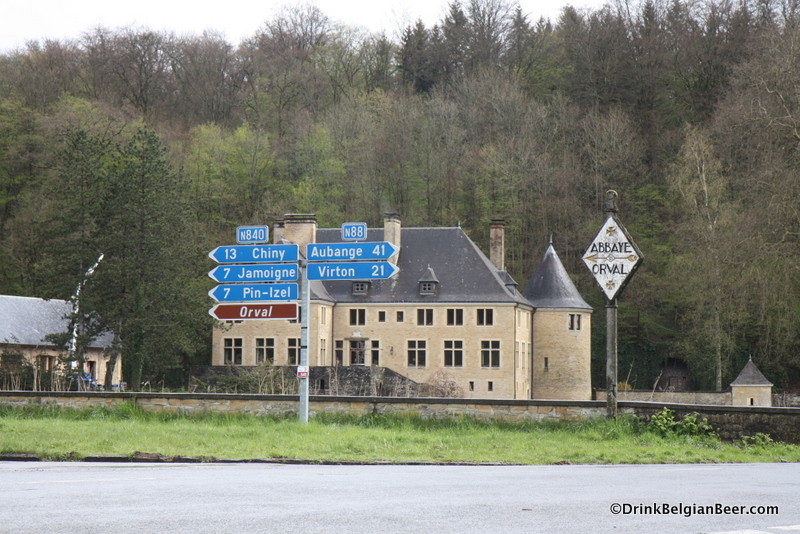
If you like our content, please like us on Facebook here
and Twitter, here
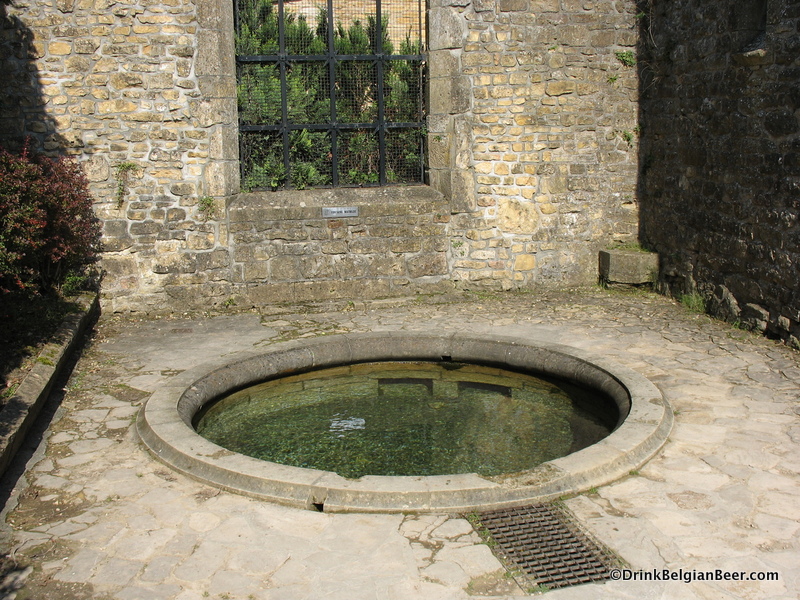


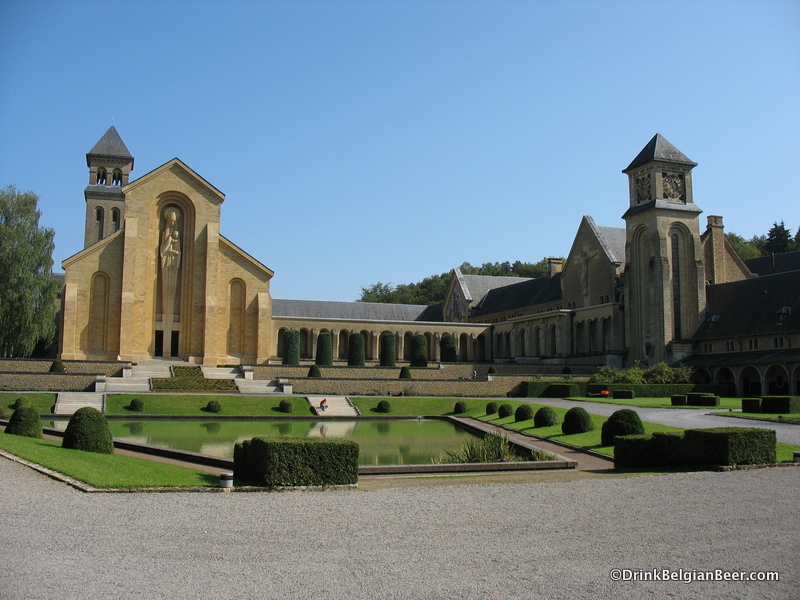
Leave a Reply